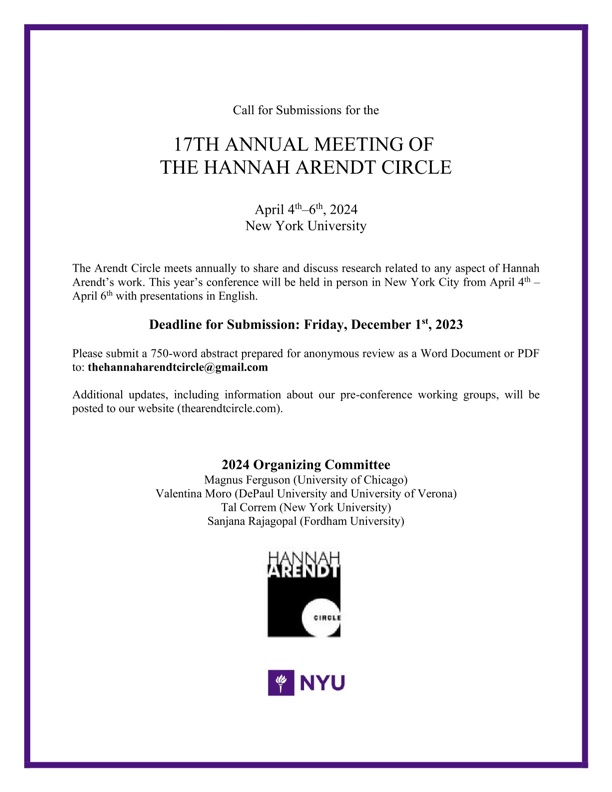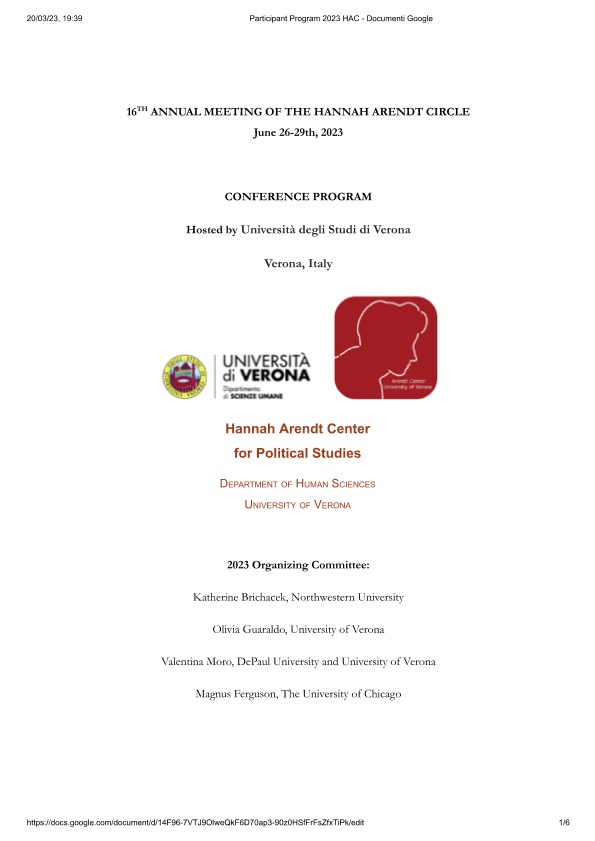This section is dedicated to the dissemination and communication objectives of my three-year Marie Skłodowska-Curie Project “Choreographies of Vulnerability: Towards a New Public Ethics of Care” (ChoreoCare), funded by the European Commission. The project aims at investigating the possibility of a politics of care based, on the one hand, on the demand for institutionally recognized social infrastructures of care, and, on the other hand, on collective practices – that I call choreographies of vulnerability – able to transform the socio-political context.
There are many examples of infrastructures and social infrastructures of care, like welfare structures, minimum wage, ‘safe spaces’ (as a broad definition), infrastructures that allow disabled people to live within the house and the city, possible sources of income for unpaid care workers, services that allow for real equal opportunities, access to abortion or services that support planning parenthood, and so on and so forth. A crucial reference for this formulation is Leslie Kern’s work on the idea/utopia of a “feminist city” and on gentrification in particular. Following many feminist theorists (like Judith Butler, Adriana Cavarero, Bonnie Honig, Sara Ahmed) I explore the idea that vulnerability is embodied and embedded in networks and social structures, therefore that there is a crucial nexus between the bodies and the city as well as the environment.
The performances or choreographies of vulnerability (always plural) refuse to settle for the existing (often unequal) distribution of social infrastructures of care and seek to inaugurate new spaces, relationships, and forms of communality. I use this definition to identify all assemblies and public interactions in which bodies gather with a political goal, while adopting a specific narration and interpretation of vulnerability as being a shared condition that all individuals embody, although each one in different ways and with different resources and opportunities to express oneself. All performances of vulnerability and care require institutionally recognized infrastructures of care that make them possible. At the same time, the connotation of the infrastructures of care and their distribution vary in the different socio-political and geographical contexts, insofar as they are the outcome of political decisions. Therefore, we need narrations and performances of vulnerability and care, as locally organized and widespread as possible, so that such infrastructures can be safeguarded, implemented, and broadly distributed. For a politics of care to be truly inaugural, it must foster narrations and performances that operate at the intersection with the social infrastructures of care, thus transforming the socio-political context in which it acts.


